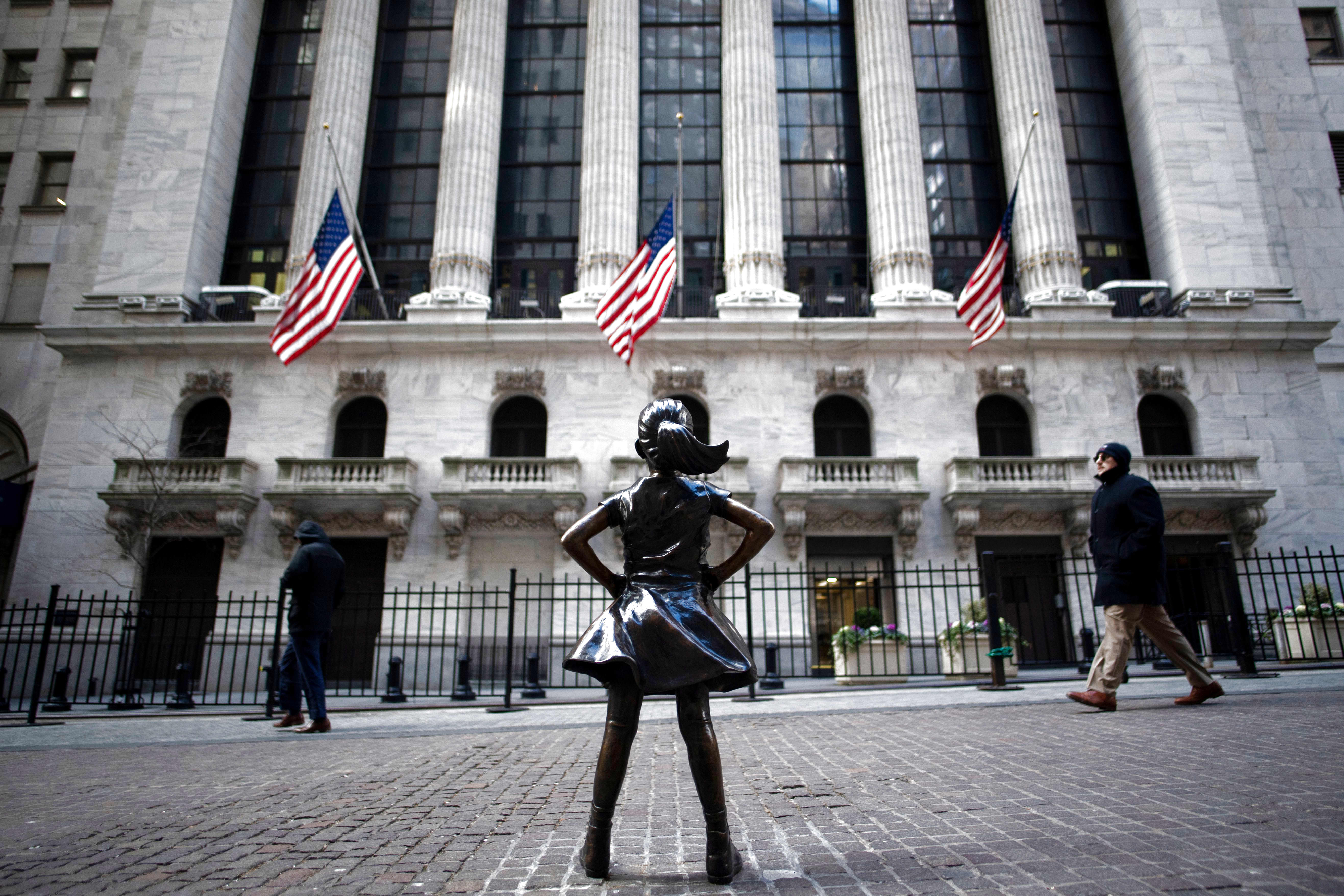Just months after almost everyone on Wall Street worried that a recession was just around the corner, Goldman Sachs said a downturn is unlikely over the next several years.
In fact, the firm’s economists stopped just short of saying that the U.S. economy is recession-proof. Investors could be excused for getting a little nervous over such calls, as optimism also was heavy in late-2007, just as the economy was about to enter the worst of the financial crisis.
An analysis Goldman conducted of the current potential risks to growth show that they are mostly muted. The report found that the pillars of the “Great Moderation” that began in the 1980s — low levels of volatility marked by sustainable growth and muted inflation, interrupted only by the financial crisis more than a decade ago — are still standing.
“Overall, the changes underlying the Great Moderation appear intact, and we see the economy as structurally less recession-prone today,” Goldman economists Jan Hatzius and David Mericle wrote. “While new risks could emerge, none of the main sources of recent recessions — oil shocks, inflationary overheating, and financial imbalances — seem too concerning for now. As a result, the prospects for a soft landing look better than widely thought.”
That view is a sea change from some of the fears that permeated Wall Street in late summer and early fall.
Worries surged that the U.S.-China trade war, global economic weakness and geopolitical risks from Brexit and other sources would act as severe drags on growth.
A yield curve inversion, or a point where short-term government bond yields rise above their longer-duration counterparts, helped stoke those fears. An inversion has correctly predicted each of the last seven recessions, and in August a New York Fed indicator that tracks the yield curve put risk of a downturn at 38%, the highest since the financial crisis.
However, those fears have ebbed as the tariff rhetoric has cooled and the yield curve has reverted. The New York Fed tracker now puts recession risk over the next 12 months at just 24.6%, about where it was in February.
The optimism of 2007
Goldman’s economists do not dismiss the risk of a recession, but say some of the major headwinds have dissipated.
The U.S. has become largely energy independent, Federal Reserve officials have been more vexed by a lack of inflation, and the financial system has become less levered since the crisis due to a sharp deceleration in private sector debt compared to income and more stringent regulations in the banking system.
However, elevated asset prices in stocks and a surge in corporate debt remain threats. The fifth risk that Goldman identifies, fiscal policy, is generally linked to spending cuts after big events like wars, though “new risks could emerge in an era of political polarization, uncertainty, and dysfunction,” Hatzius and Mericle wrote.
To be sure, there’s danger in becoming too sanguine about the economy.
GDP grew at a 2.5% rate in the fourth quarter of 2007 before plummeting to an 8.4% decline in the third quarter of 2008, when Lehman Brothers collapsed and triggered a crisis that nearly crushed the entire global financial system. Goldman itself in late-2007 predicted double-digit percent gains for the stock market in 2008, a year during which the S&P 500 tumbled 37% for its worst performance since 1931.
Indeed, Goldman’s relatively rosy view now is better than the Wall Street consensus.
“A potentially toxic confluence of factors continues to unfold next year: tight labor markets, easy policy, institutional risk tolerance, as well as potential further fiscal stimulus and certain debt growth,” Philipp Carlsson-Szlezak, chief economist at AB Bernstein, said in a look-ahead note earlier this month. “These are fertile conditions for structural risks to build in the medium-term.”
Still, Carlsson-Szlezak concurs that at least structurally, the “soft landing” scenario rather than a hard crash to the expansion is most likely.
Accommodative Fed policy, including three interest rate cuts in 2019, have helped soothe investors’ jangled nerves. Ahead for 2020, though, are more trade headlines, what promises to be a contentious presidential election and continued geopolitical headwinds.
“We think the prospects for a soft landing in the next few years are better than widely thought, and considerably better than the historical odds would suggest this deep into an expansion,” Hatzius and Mericle wrote.
